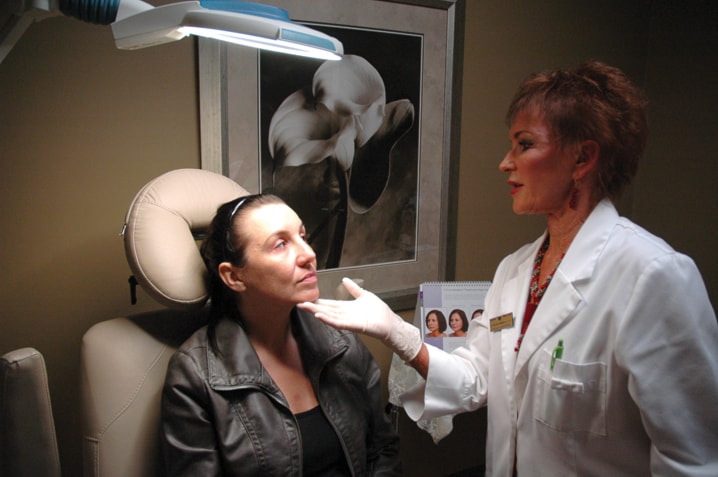The sun may be shining, but many Central Alberta teenagers now enjoying the weather acquired their tans under cancer-causing lights.
Alberta is among the provinces that doesn’t ban teens who wish to bask beneath the lights of a tanning bed.
The Canadian Paediatric Society (CPS) — a national advocacy association that promotes the health needs of children and youth — thinks it should.
But some Central Alberta teens are still aspiring for that sun-kissed bronze look gained by bathing in a cocoon of ultraviolet radiation.
There are guidelines for tanning salons that the Joint Canadian Tanning Association (JCTA), a national industry group, recommends, such as parental consent for teens under the age of 18. But the recommendations are not mandatory.
Alesha Scott, 16, who goes to Lindsay Thurber Comprehensive High School, works at a Red Deer tanning salon. She says she is aware of the risks associated with the use of tanning beds but is not concerned.
“I don’t think it is a big deal,” she said, adding that she doesn’t agree with the conviction that tanning beds should be banned for teens under the age of 18.
“It is unnecessary. At our salon if you are under 18, your parents have to sign for you and I feel it is safe.
“You’re not going to ban people from going out into the sun. Some people will argue that they (tanning beds) cause cancer but I feel like everything causes cancer,” she said.
Nova Scotia is the only province with age restrictions on the use of tanning beds, banning those under 19 from using them. In 2011, the City of Victoria passed a bylaw against indoor tanning for those under 18 and the rest of the province is expected to follow suit with regulations in the fall.
Alberta Health Minister Fred Horne says the province may consider regulatory changes and are “evaluating the research from neighbouring jurisdictions.”
“At this point it is certainly on our radar,” he said.
“There has been a lot of public discussion about it but like any decision we want to make it on the best available evidence and it is important to do due diligence.”
But many doctors think rules that ban teens under the age of 18 can’t come soon enough.
“Tanning beds are plain not safe,” says Dr. Maureen Bakken, who treats many dermatology skin conditions, including skin cancer, at Red Deer’s Laser Derm and Wellness Centre.
Bakken says she sees a lot of people with skin damage in the under 30 age group.
“The younger generation still seems to use them (tanning beds) but some who come into my clinic seem to be reasonably educated in the fact that they are not safe,” she said.
“But then some seem to think when they limit their time in the tanning bed that it is going to lessen their risk of damage to their skin and that is actually not true. There is no logical reason to use a tanning bed.”
Dr. Richard Stanwick, Canadian Paediatric Society president-elect, says the effects of commercial tanning are cumulative.
“If you use a commercial tanning bed before the age of 35, you have a 70 per cent increased risk of developing the worst kind of the skin cancers such as malignant melanoma,” he said.
Stanwick says a regulation that calls for parental consent for teens under 18 should be off the table. Instead, he says governments should consider entirely banning teens from using tanning beds.
“The one-third of girls who tanned in their last year of school, there were a third of those who tanned with their mother. What we are saying is a mother can’t walk into the bar and order her daughter a bottle of wine.
“This is a cancer-causing agent that we believe should be postponed to when someone is an adult.”
Steve Gilroy, executive director of the JCTA, says the association had been calling for provincial standards in order to formalize voluntary industry practices in professional tanning salons, such as parental consent for anyone under the age of 18.
“We believe that taking the rights away from parents is not the way to go,” he said.
Setting standards, such as mandatory protective eye wear, salon training and certification, barring customers with a certain skin type and banning self-serve tanning equipment, is a better way to do things, Gilroy says.
There is no special business licence that salon owners need to have in order to operate tanning beds.
“That is why we are asking for professional standards. For the last three years, we have been asking to work with government on these,” Gilroy said.
But this is not good enough for Stanwick, who says the issue comes down to cancer prevention.
“This is probably one of the greatest opportunities in the 21st century to do something about cancer and the best thing we can do is prevent it,” he said.
jjones@www.reddeeradvocate.com
